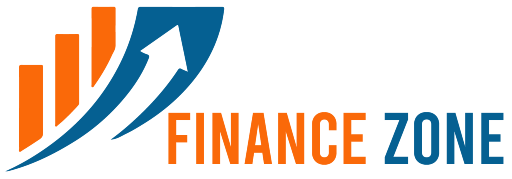Predictive analytics has evolved into a game-changer for financial management. As CFOs, your role is no longer confined to reacting to past performance metrics. Instead, modern financial leadership requires foresight — transforming data into a strategic asset to anticipate shifts, mitigate risks, and make proactive decisions. Predictive analytics offers the tools to do just that, enabling your finance team to stay ahead of the curve.
Rather than waiting for quarterly reports to diagnose problems, you can predict financial trends and adapt your strategies before they become pressing issues. How predictive analytics can elevate your financial planning and decision-making process.
What Is Predictive Analytics?
Predictive analytics uses historical data, statistical algorithms, and machine learning techniques to forecast future outcomes. For CFOs, this translates to deeper insights into revenue growth, cost trends, market demand fluctuations, and other critical financial indicators.
Regression analysis, for instance, allows you to identify relationships between variables — such as sales and marketing spending — so you can make data-backed predictions. Meanwhile, machine learning algorithms continuously learn from new data, refining forecasts, and increasing accuracy over time. This transition from static reporting to dynamic forecasting gives you a more agile approach to managing financial trends.
Predictive analytics offers immense potential, but unlocking its full power requires a strategic approach. Here are some practical tips to help you get started and maximize the value of predictive analytics in your financial operations:
1. Focus on Data Quality.
The foundation of reliable predictive analytics is clean, accurate, and comprehensive data. Bad data in, bad predictions out — it’s that simple. That’s why CFOs must ensure that their financial teams prioritize data integrity. Start by centralizing your data from various sources and ensuring consistency across the board. This may involve breaking down internal data silos, but it will be well worth it.
Moreover, to achieve better predictions, consider integrating external data sources. For instance, market trends, competitive benchmarks, and macroeconomic indicators can add invaluable context to your internal metrics. The broader and more accurate your dataset, the more precise your predictive models will be.
2. Identify Relevant Trends.
Once you have a solid data foundation, predictive analytics can help you track and anticipate pivotal trends for your business. Revenue forecasting becomes more than an exercise in historical comparison; it can reveal where growth will likely occur based on market demand, customer behavior, and operational efficiencies.
For example, a large retail organization may use predictive analytics to forecast consumer purchasing trends. The CFO can optimize inventory levels and reduce costs without sacrificing revenue opportunities by analyzing internal sales data and external factors such as seasonality, inflation, or supply chain disruptions. Similarly, a manufacturing company might use predictive models to forecast raw material costs, adjusting procurement strategies to mitigate price volatility.
3. Evaluate Your Data Capabilities.
To successfully implement predictive analytics, start by assessing your current data capabilities. Are your data systems integrated and capable of producing real-time insights? Do you have the right talent and tools to manage predictive models? Selecting the right analytics platforms and tools is essential, and they should be scalable to grow with your organization’s needs.
However, tools and technology alone aren’t enough. Resistance to change and entrenched data silos are common roadblocks in finance departments. Begin with pilot projects to demonstrate the effectiveness of predictive analytics. This helps ease concerns and fosters buy-in across teams. Once people see the value of using data to make decisions, a data-driven culture will naturally take root.
4. Adjust Financial Strategies.
The true power of predictive analytics lies in its ability to give you a competitive edge. You can shift your strategy by identifying emerging risks and opportunities before they impact your financials. This agility allows you to make proactive decisions that mitigate financial risks or capitalize on favorable market conditions.
For instance, during periods of economic uncertainty, predictive analytics can model various scenarios, helping CFOs adjust financial strategies and protect the business from potential downturns. It can also improve strategic planning for mergers, acquisitions, or large capital investments, giving CFOs a clearer picture of the long-term financial landscape.
Embracing Predictive Analytics for Long-Term Financial Success
Predictive analytics is essential for CFOs who want to shift from reactive to proactive financial management. By leveraging historical data, advanced algorithms, and machine learning techniques, you can uncover patterns and predict future financial trends more accurately. However, this only works if you prioritize data quality, start with manageable pilot projects, and foster a data-driven decision-making culture. The future belongs to CFOs who stay ahead of the curve — and predictive analytics can help you lead the way.
Danielle Bergey is the Marketing Manager at Software Solutions Inc., where she excels in developing and implementing strategies that drive sales and enhance digital presence, particularly in government software solutions. With a diverse background in publishing, graphic design, and marketing, Danielle uses her expertise to manage the company’s blog, social media, and marketing campaigns, contributing to significant growth and engagement.







